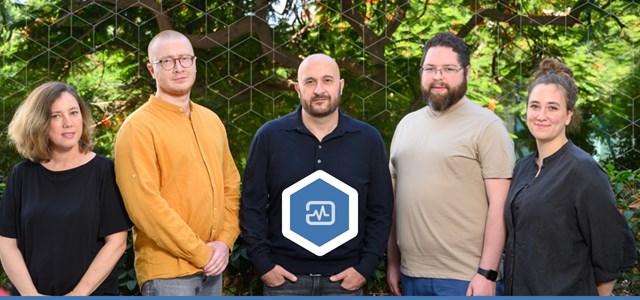
A research team headed by Prof. Jacob Hanna at the Weizmann Institute of Science has created complete models of human embryos from stem cells cultured in the lab, growing them outside the womb up to day 14. Created without egg, sperm, or womb, the synthetic models help scientists peer into the dramatic first weeks of embryonic development.
Prof. Hanna’s work might help reveal the causes of many birth defects and types of infertility, or it could lead to new technologies for growing transplant tissues and organs. It also could offer a way around experiments that cannot be performed on live embryos – for example, determining the effects of exposure to drugs or other substances on fetal development.
Little is known about the early embryo because it is so difficult to study, for both ethical and technical reasons, but its initial stages – from the point it implants into the womb to the point it becomes well-structured with organs three to four weeks later – are crucial to its future development. Prof. Hanna’s team was the first to start describing methods to generate human naïve stem cells back in 2013, and they continued to improve these methods over the years.
Cellular aggregates derived from human stem cells in previous studies could not be considered genuinely accurate human embryo models because they lacked defining hallmarks of a post-implantation embryo and failed to contain several cell types that are essential to development. They also lacked the structural organization of the embryo and revealed no dynamic ability to progress to the next developmental stage.
The synthetic embryo models in Prof. Hanna’s lab have all the structures and compartments characteristic of this stage, including the placenta, yolk sac, and other external tissues that ensure dynamic and adequate growth. “The drama is in the first month. The remaining eight months of pregnancy are mainly lots of growth,” Prof. Hanna says. “But that first month is still largely a black box. Our stem cell-derived human embryo model offers an ethical and accessible way of peering into this box.”
Prof. Hanna’s team started out with pluripotent stem cells, which are human cells that have the potential to differentiate into many cell types. The researchers then used Prof. Hanna’s recently developed method to reprogram pluripotent stem cells so as to turn the clock further back: to revert these cells to an even earlier state – known as the naïve state – in which they are capable of specializing into any type of cell. This stage corresponds to day seven of the natural human embryo, which is the time at which it implants itself in the womb.
“An embryo is self-driven by definition; we don’t need to tell it what to do – we must only unleash its internally encoded potential,” Prof. Hanna says.
For this current project, the scientists divided the cells into three groups. In one, the cells intended to develop into the embryo were left as is. In the other two, the cells were treated with chemicals to turn on certain genes, causing them to differentiate toward one of three tissue types needed to sustain the embryo. Soon after being mixed together under optimized, specifically developed conditions, the cells formed clumps, about one percent of which self-organized into complete embryo-like structures.
The stem cell-based embryo-like structures (SEMs) developed normally outside the womb for eight days, reaching a developmental stage equivalent to day 14 in human embryonic development, the point at which natural embryos acquire the internal structures that enable them to proceed to the next stage: developing the progenitors of organs. When the researchers compared the inner organization of their stem cell-derived embryo models with illustrations and microscopic anatomy sections in classical embryology atlases from the 1960s, they found an uncanny structural resemblance between the models and the natural human embryos at the corresponding stage. Every compartment and supporting structure existed in the right place, size, and shape.
Even the cells that make the hormone used in pregnancy testing were evident and active; when the scientists applied cell secretions to a commercial pregnancy test, it yielded a positive result. This implied that their models faithfully emulated the process by which an early embryo gains all the structures it needs for beginning its transformation into a fetus.
Given their authentic complexity, the models grown in Prof. Hanna’s lab at Weizmann may provide an unprecedented opportunity to shed new light on the embryo’s mysterious beginnings and open numerous research paths.
